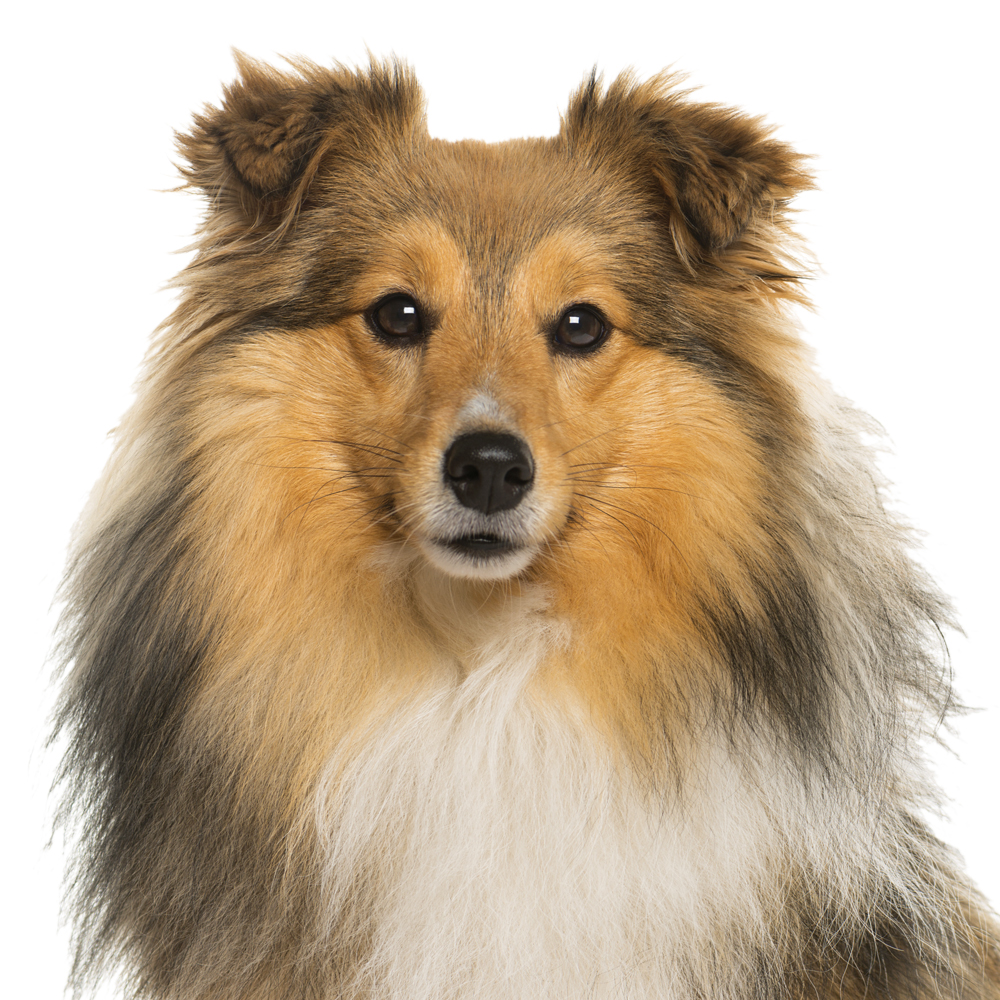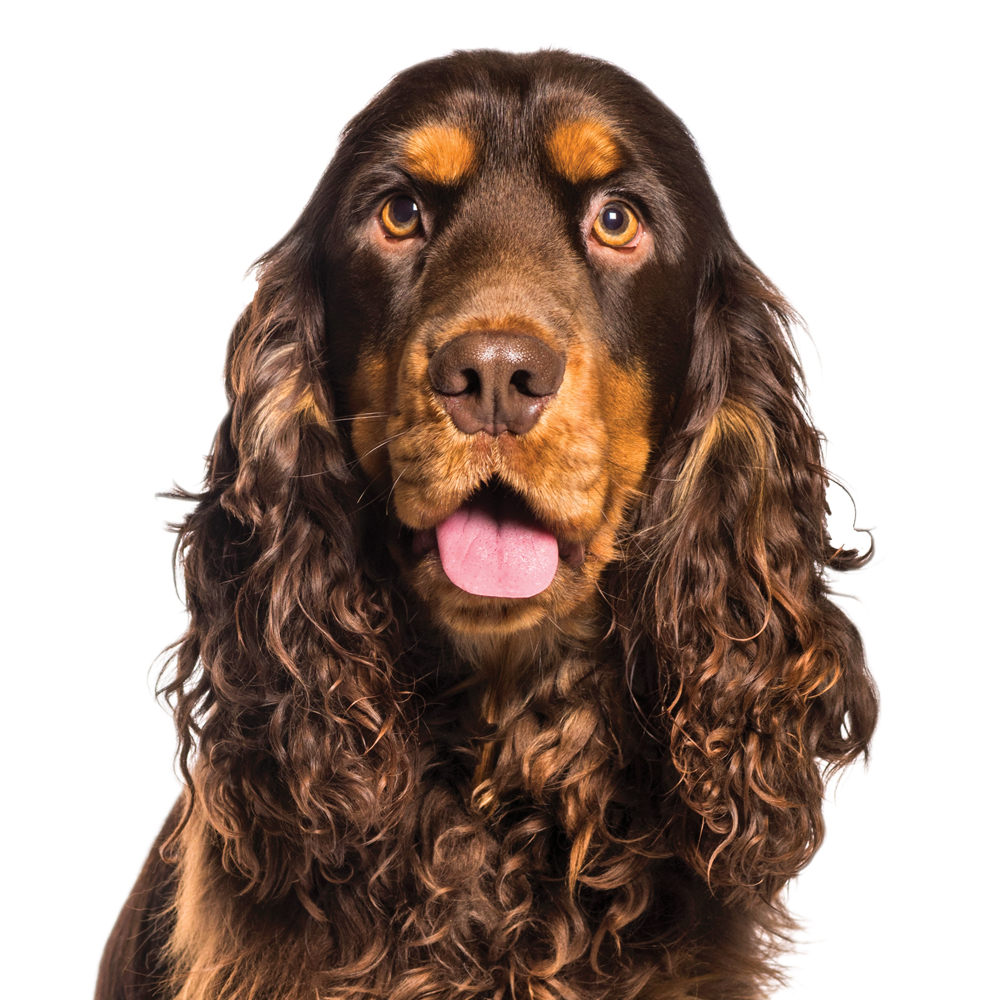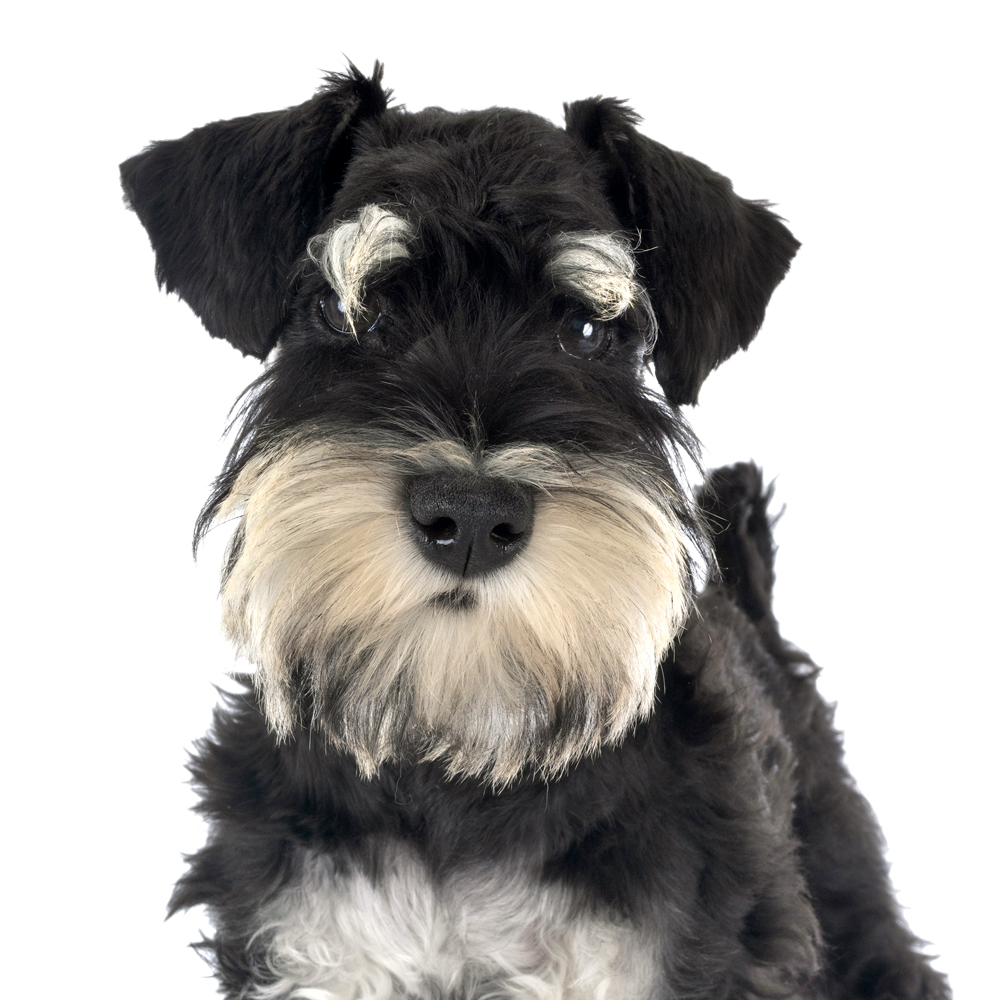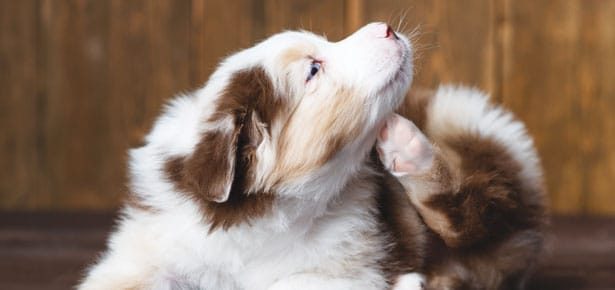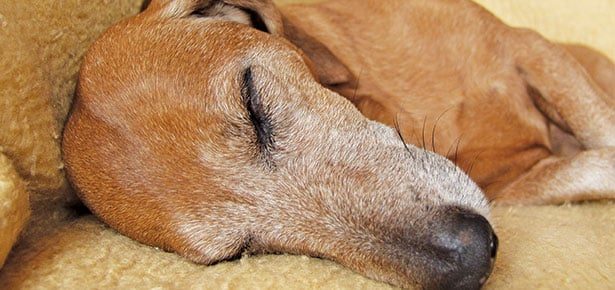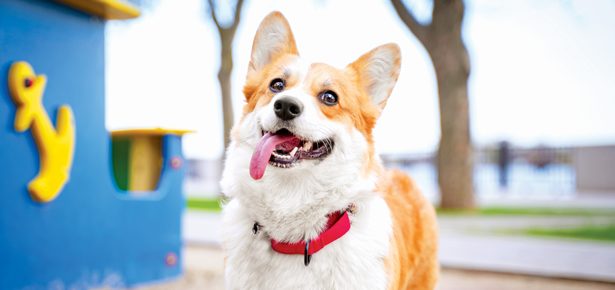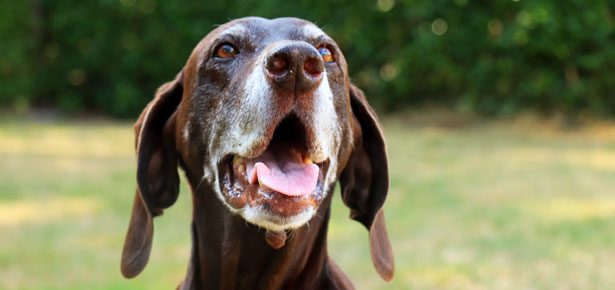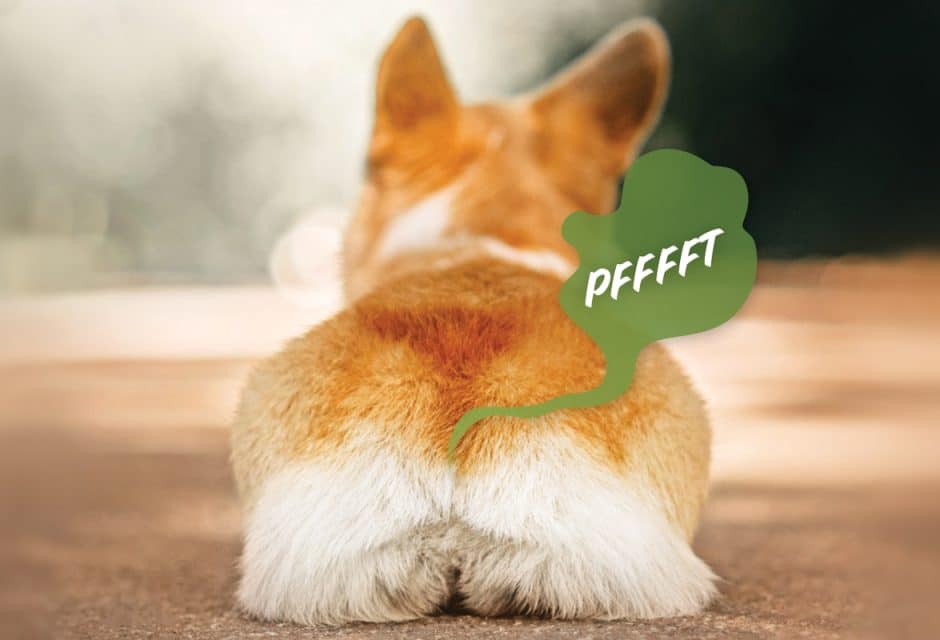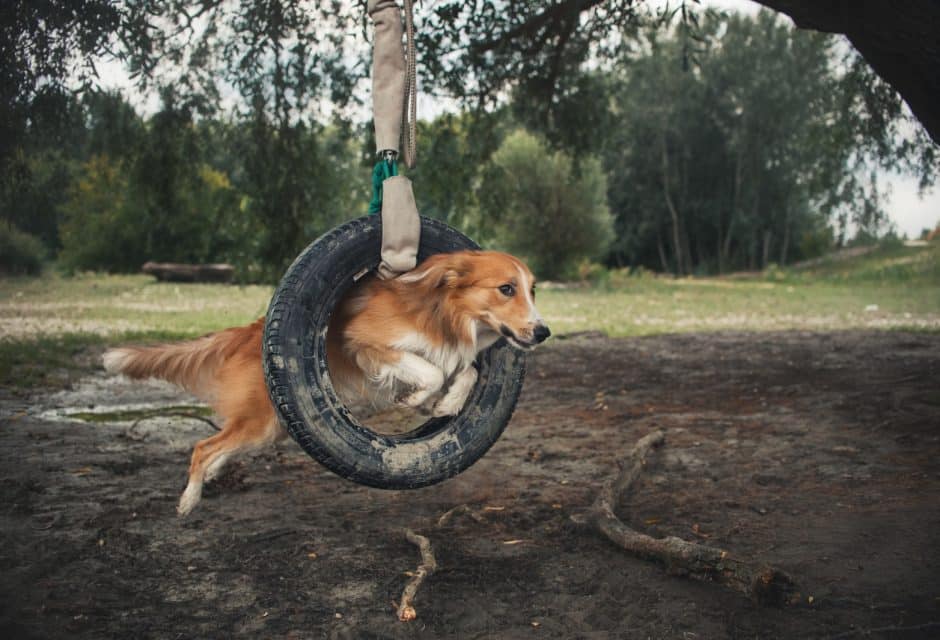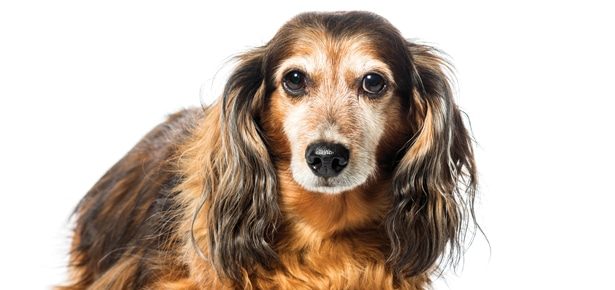
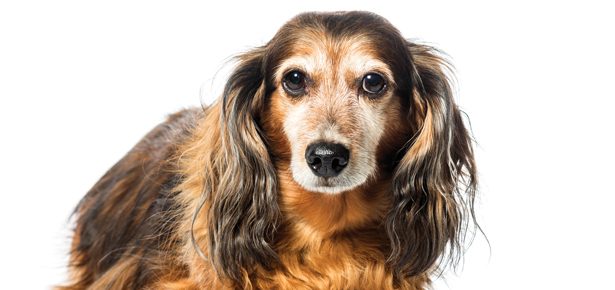
Veterinary Detective
What’s Wrong With This Dog?
Q: A 16-year-old Dachshund is slowly becoming more reluctant to eat, is getting up to drink water in the middle of the night, and occasionally vomiting at night.face There is a decrease in energy with an outright refusal to eat anything. When she is tempted into eating, she vomits immediately afterwards. At the vet, a blood test shows elevated liver enzymes and an ultrasound is recommended. What’s wrong with this dog?
A: Many of the liver and gallbladder issues that can affect people can also affect our canine companions. Dogs that have either liver disease or gallbladder disease will show similar signs of illness. The dog may suddenly stop eating, start vomiting, and be very low in energy. If the illness progresses, their gums and the whites of their eyes can become yellowish in colour. This is called jaundice and indicates that the condition is very, very serious.
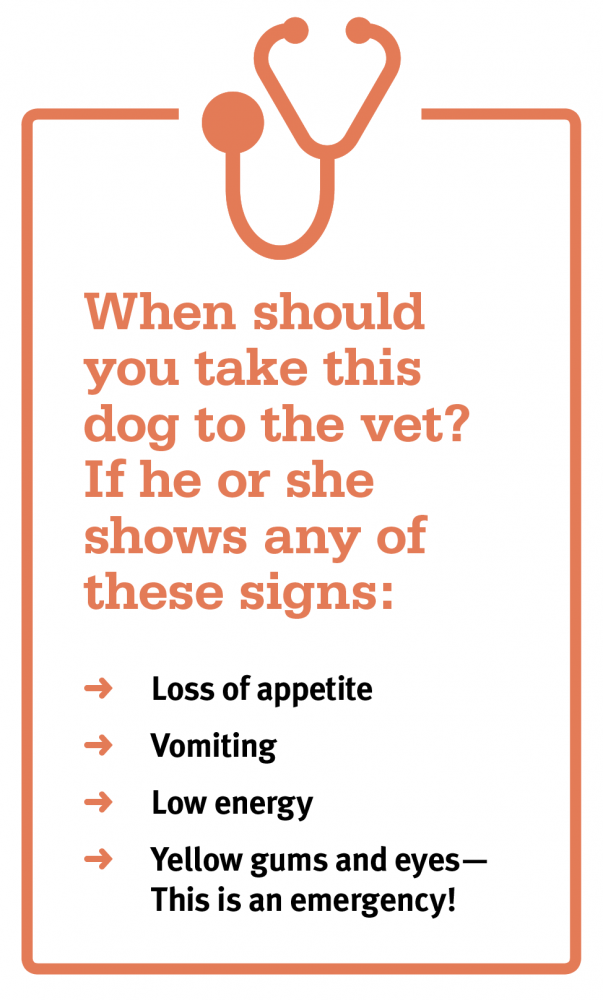
In the case of liver disease, blood tests can only indicate that there is an abnormality with the liver. They cannot tell your vet exactly what is wrong with it. Conditions such as infection, inflammation, cancer, scarring, and gallbladder problems can look the same when interpreting blood results.
For this reason, if your dog is showing signs of illness and the bloodwork indicates there is an abnormality with the liver, an ultrasound is commonly recommended. An ultrasound allows a radiologist, a veterinarian who has done several years of extra training in diagnostic imaging, to use an imaging probe to more thoroughly examine the liver. An ultrasound allows them to assess the different lobes of the liver, the size and texture of the liver, and to check whether there is an abnormality with the gallbladder.
One rare but serious condition that can affect the gallbladder is called a gallbladder mucocele. This was the case with the 16-year-old Dachshund. For unknown reasons, the bile can become very thick and sludgy, and it builds up within the gallbladder instead of passing into the small intestine to aid in digestion. This can be a potentially life-threatening condition because there is the potential that the gallbladder could rupture. A ruptured gallbladder is extremely painful and can quickly lead to serious infection in the abdomen. If your vet determines there is a potential for rupture, emergency surgery is usually necessary. A dog can live a normal life without a gallbladder—the liver will continue to produce bile which will then empty into a common bile duct before flowing into the small intestine instead of being stored in the gallbladder. In very mild cases, a long-term medication called ursodiol may be prescribed instead of surgery. This medication helps to move bile through the liver and gallbladder more normally. If a complete blockage is suspected, ursodiol should not be prescribed.
Other even less common gallbladder issues seen in dogs are cholecystitis, an inflammation of the gallbladder and biliary tract, and gallstones, which can obstruct the bile ducts. Tumors of the bile duct or intestine can block the bile ducts.
Treatment
1. Gallbladder Mucocele: Surgical removal of the gallbladder is usually recommended for young or middle-aged dogs who are otherwise healthy. For older dogs with no symptoms and no obstruction, your veterinarian may choose to wait and monitor the dog via ultrasound and physical exam.
2. Cholecystitis: Your vet may prescribe antibiotics, or antibiotics and steroids, which can reduce the inflammation caused by cholecystitis.
3. Gallstones: Gallstones are very painful and may need to be removed surgically.
4. Gallbladder stones/sludgy gallbladder with no symptoms: Sometimes a gallbladder stone or the beginning of a buildup of sludgy material is discovered during an ultrasound undertaken for another reason. If the liver enzymes are normal and the dog isn’t experiencing any related symptoms, the vet will usually take a wait-and-see approach.
Gallbladder mucoceles can happen in any dog, but are most common in these breeds:
- Shetland Sheepdog
- Cocker Spaniel
- Miniature Schnauzer
- Border Terrier

Join the newsletter and never miss out on dog content again!
"*" indicates required fields
By clicking the arrow, you agree to our web Terms of Use and Privacy & Cookie Policy. Easy unsubscribe links are provided in every email.
